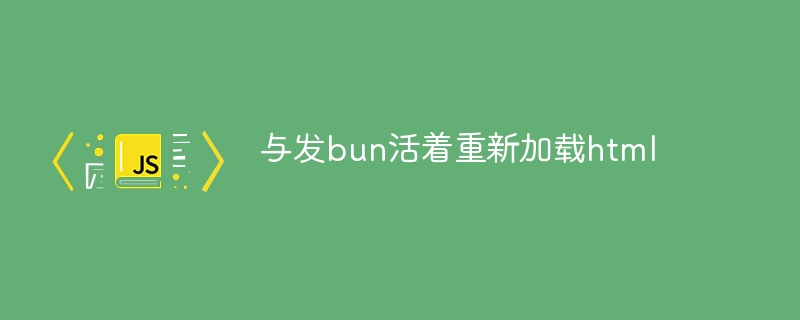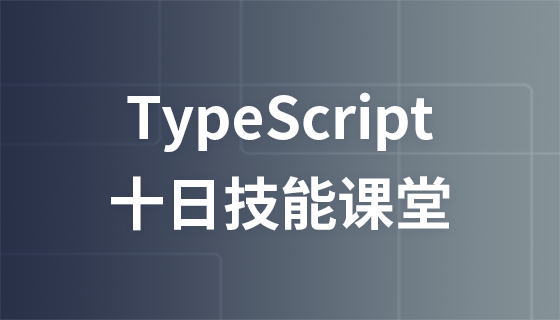this article demonstrates how to create a simple live reload mechanism for html content using bun's built-in http server and server-sent events (sse). this allows the browser to automatically refresh whenever the server-side code changes, eliminating the need for manual refreshes.

The Problem: Bun's bun -hot command reloads the server on code changes, but the browser doesn't automatically refresh, requiring manual intervention.
The Solution (SSE): This approach leverages SSE, a unidirectional communication method (server to browser), avoiding the overhead of a full WebSocket connection. When the server restarts (due to code changes), it sends an SSE message to the browser, triggering a page reload.
Implementation Steps:
立即学习“前端免费学习笔记(深入)”;
SSE Endpoint: Create a /__bun_live_reload endpoint that returns a ReadableStream with a text/event-stream content type. This stream will send the reload signal.
Injecting the Client-Side Script: A JavaScript snippet is injected into every HTML response. This script uses the EventSource API to listen for messages from the /__bun_live_reload endpoint. Upon receiving a message, location.reload() refreshes the page.
Handling Server Reloads: Bun's hot reload mechanism is utilized. A global variable (globalThis.client) stores the ReadableStreamDefaultController. When the server restarts, a message ("data:\n\n") is sent via globalThis.client?.enqueue() to the browser through the SSE stream.
withHtmlLiveReload Wrapper: A function wraps the original fetch handler. It intercepts responses, injects the client-side script, and handles the SSE endpoint.
Code (bun-html-live-reload.ts):
declare global {
var client: ReadableStreamDefaultController | undefined;
}
type Fetch = (req: Request) => Promise<Response>;
const liveReloadScript = `
new EventSource("/__bun_live_reload").onmessage = () => {
location.reload();
};
`;
export function withHtmlLiveReload(handler: Fetch): Fetch {
return async (req) => {
if (new URL(req.url).pathname === "/__bun_live_reload") {
const stream = new ReadableStream({
start(controller) {
globalThis.client = controller;
},
});
return new Response(stream, {
headers: {
"Content-Type": "text/event-stream",
"Cache-Control": "no-cache",
},
});
}
const response = await handler(req);
const htmlText = await response.text();
const newHtmlText = htmlText + liveReloadScript;
return new Response(newHtmlText, { headers: response.headers });
};
}
// Example usage in your server.ts:
import { withHtmlLiveReload } from "./bun-html-live-reload";
bun.serve({
fetch: withHtmlLiveReload(async (req) => {
return new Response("<h1>Hello, world!</h1>", {
headers: { "Content-Type": "text/html" },
});
}),
});
// In your server.ts, make sure to add this to trigger the reload:
globalThis.client?.enqueue("data:\n\n");By using this withHtmlLiveReload function, you can easily add live reload functionality to your Bun server-rendered websites. Remember to run your server with bun -hot.
以上就是与发bun活着重新加载html的详细内容,更多请关注php中文网其它相关文章!

每个人都需要一台速度更快、更稳定的 PC。随着时间的推移,垃圾文件、旧注册表数据和不必要的后台进程会占用资源并降低性能。幸运的是,许多工具可以让 Windows 保持平稳运行。




Copyright 2014-2025 https://www.php.cn/ All Rights Reserved | php.cn | 湘ICP备2023035733号